There are many female body changes at 30 that might surprise you. Here is a list of what to expect (and how to cope with the changes).
Turning 30 can come with a lot of unexpected changes. Aging is a sign of maturity, but it also implies that your body will go through various changes.
The truth is, a lot of female body changes happen when you reach the age of 30.
On the one hand, you feel more emotionally mature and oftentimes are more confident in who you are as a person. However, many women experiencing not-completely-welcome physical changes at age 30.
It is especially hard in a society that idealizes the young and thin, the completely normal physical changes women in their 30s experience can feel undesirable.
When faced with the daunting goal of battling the passage of time, some women resort to cosmetics, injectables like botox, and plastic surgery to try to keep themselves as young as previous decades.
Some grow obsessed with their weight and acquire a poor body image as a result. This might lead to low self-esteem and social disengagement due to female body changes at 30.
Knowing your body’s natural aging process can be beneficial. The natural female body changes at 30 entail a progressive reduction in function and the ability of the body to restore itself.
Making lifestyle changes to cope with health problems, age-related health conditions, and mood changes can be one of the best things you can do for yourself starting in your early 30s to stay mentally and physically healthy.
Caring for your health, mind, and soul is crucial at all of the stages of life’s journey.
With that said, let’s look at 10 changes the female body experiences starting at age 30.
10 Female Body Changes That Happen At Age 30
1. Skin
A woman’s body changes at 30 leading to the skin’s collagen production decline dramatically.
Sagging skin and wrinkles are signs of female body changes at 30. Collagen is important for skin elasticity and durability.
You can help generate some collagen synthesis by eating a balanced diet, drinking alcohol in moderation, preventing cigarettes, and increasing your vitamin C intake.
Because vitamin C serves as one of the basic components of collagen, a diet high in C will boost collagen production even in your golden years. It will help to restore female body changes that happen at age 30.
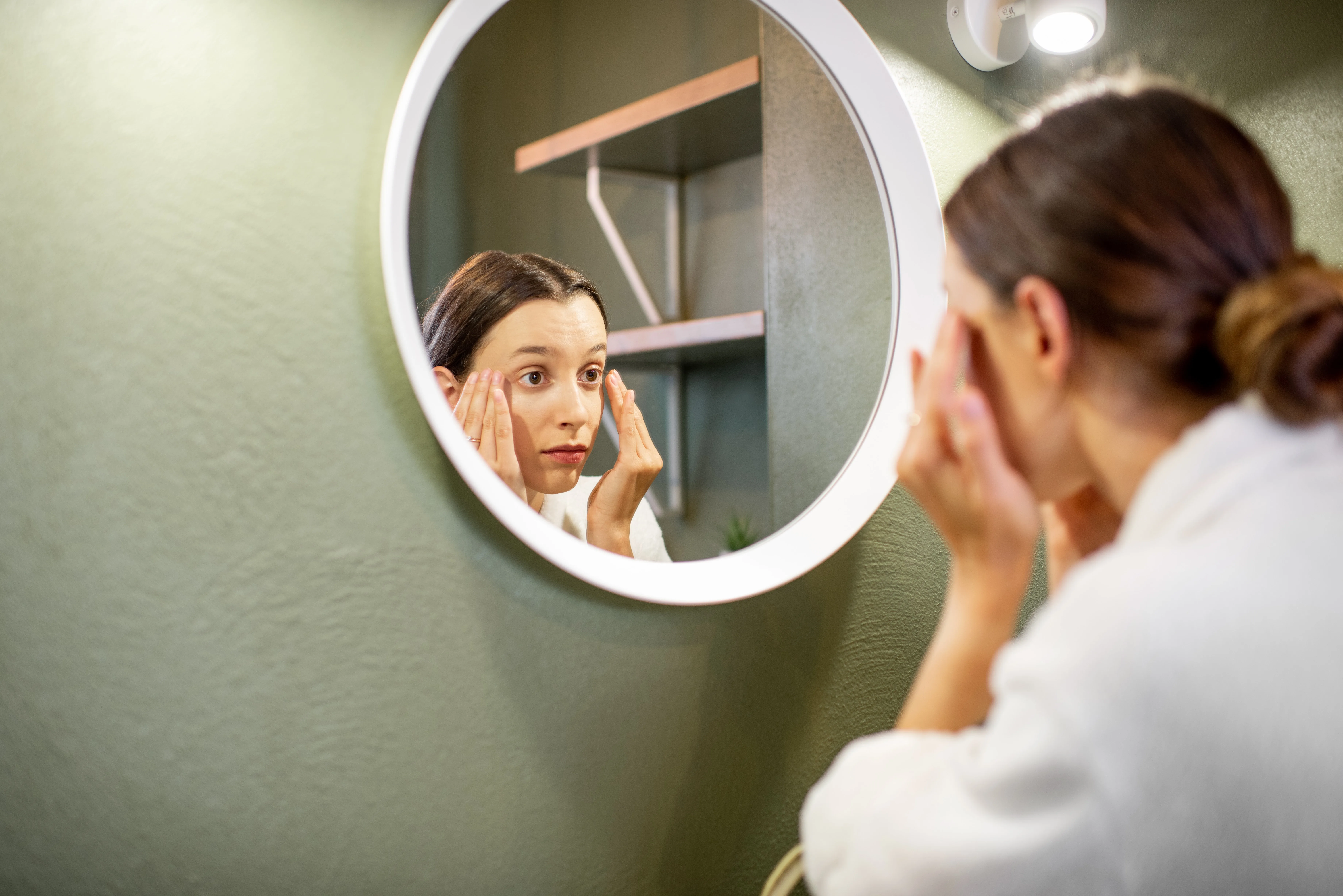
2. Hormones And Reproduction
The connection between female hormones, fertilization, and age is quite significant.
The female body changes at 30 have an increased chance of experiencing ovulation-related disorders such as severe bleeding, ovarian cyst development, and endometrial thickness. It has even been linked to uterine, endometrial, and breast cancer.
You should get professional advice on using oral contraceptives that block the hormonal modifications that take place during pregnancy in your 30s.
In any case, gynecologist check-ups are required on an annual basis.
Having a nutritious, well-balanced diet rich in fiber, proteins, and carbohydrates, along with consistent exercise will assist deal with symptoms that lead to female body changes at 30.
3. Weight
A rise in body fat is one apparent alteration for women as they age. It is usual to experience a loss in muscle mass due aging, allowing your body to feel less robust than it did in your early 20s.
The female body changes at 30 and tends to acquire weight, partly because metabolism slows with age. Weight gain, especially if it is sudden, can be a sign of a more series illness and warrants a trip to your doctor.
Hormonal changes often make it more difficult to maintain or reduce weight after the age of 30.
You’re also more likely to gain weight in your belly at this age. Unhealthy belly fat is linked to higher inflammation, cardiovascular disease, and diabetes due to female body changes at 30.
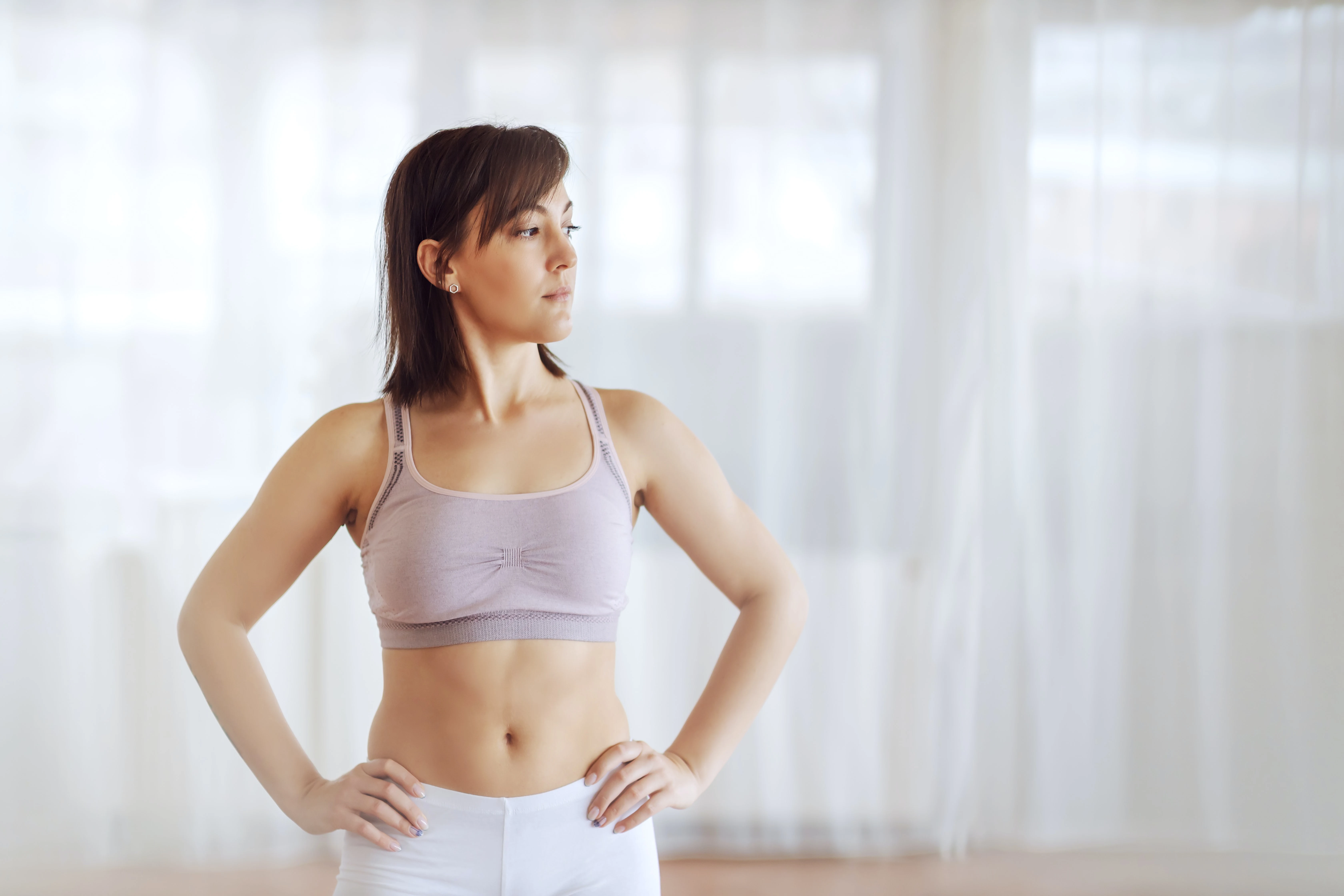
4. Sex Drive And Breast Size Variations
You might imagine that sex drive declines with age, but this is not the case.
While some men might be experiencing erectile dysfunction, women between the ages of 27 and 45 have more sexual thoughts, a stronger sex drive, and more orgasms.
Another change that you may notice is that they perkiness of your breasts may diminish. Additionally, breast cancer risk begins to climb in your 30s. Thus, do self-examination for abnormalities every month, and get a mammogram if something feels odd.
5. Hair
You may notice that your hair is beginning to thin and/or is growing more slowly as you age. Almost everyone loses some hair over time, beyond the age of 30.
Greying hair often occurs in one’s 30s; however, some women experience it younger, depending on genetics. Grey hair is caused by the loss of melanocytes from hair bulbs.
In addition, the number of hair follicles on the head decreases with age, as does the rate of hair development in other places of the body.
6. Metabolism
Another change you might notice is that your metabolism is slowing down, making it harder to lose weight. You might also find that you are putting weight on more easily despite not making diet or exercise changes.
This is largely because of your skeletal musculature. And and also has to with hormonal changes in your 30s.
As a result, when your estrogen levels begin to fall, you lose both bone mass and muscle mass. When your muscle and bone mass diminishes, your fat mass increases, causing a drop in your basal metabolic rate.

7. Musculoskeletal Changes (AKA Muscles And Bones)
During your 30s, many women lose muscular mass, resulting in decreased endurance and power.
Decreased activity, dietary insufficiency, and chronic disease play a role in the female body changes at 30.
You also endure changes in the structures that lubricate and cushion your joints as you age, impairing your capacity for recovery from recurrent stress and making your joints feel stiffer.
When hormone levels fluctuate at 30, females’ bone loss occurs. Women lose 0.5 to 1.5 percent of their body weight every year on average during early and late menopause (which doesn’t just happen to older women).
Your fracture risk goes up when your bones thin and become more porous. Underuse of muscles hastens muscle and bone density loss, and the resulting weakness can develop into inactivity.
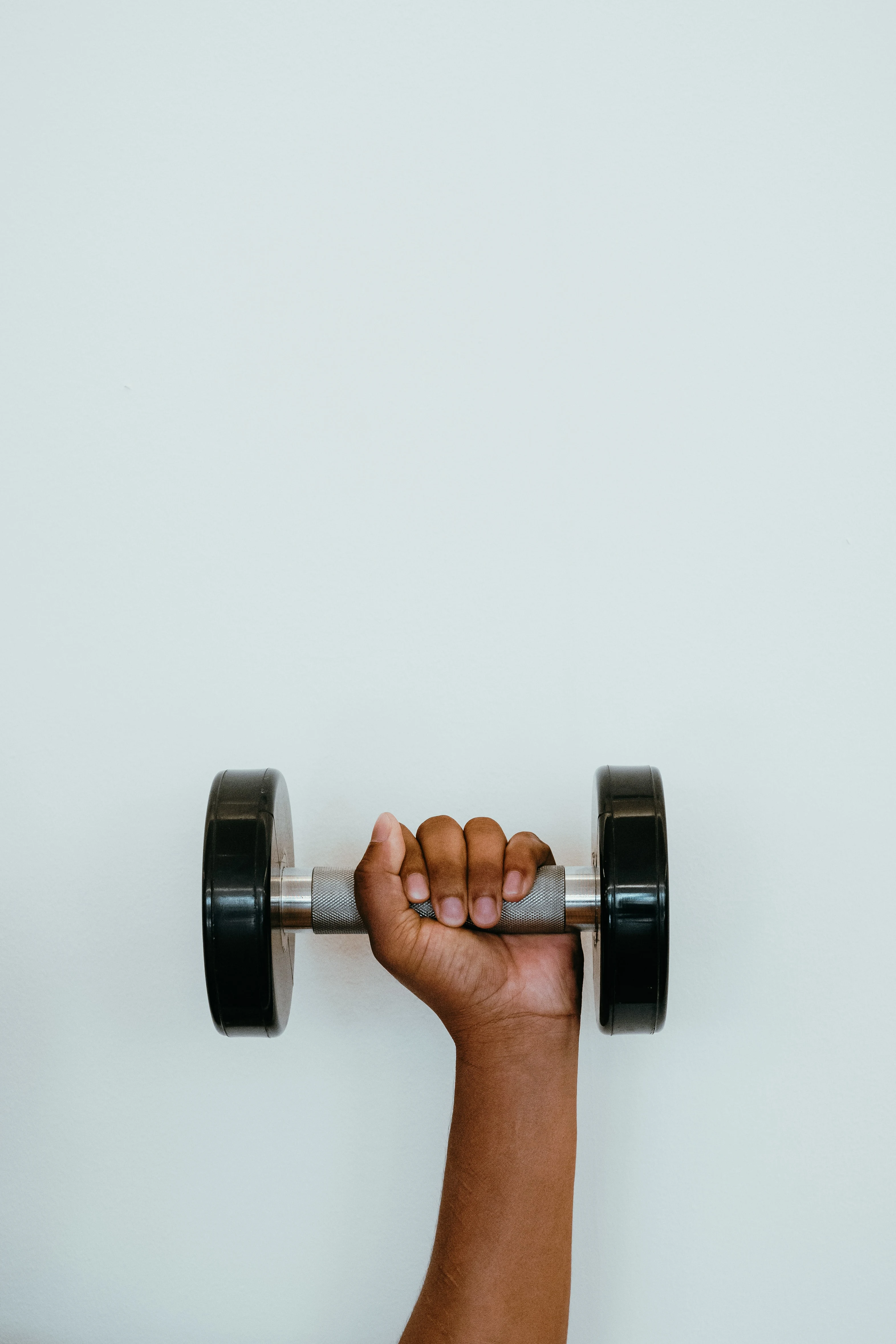
8. Mental Health
Your 30s are a time when you have a lot of responsibilities. It is also a time when relationships might break down or change. Due to these factors, you may find yourself struggling with anxiety or depression which can lead to drug abuse (prescription or otherwise).
Additionally, while you are still young, and the world is your oyster, but you are feeling the effects of the quarter-life crisis.
It is a time of reckoning, huge decisions, making decisions, spending, saving, and laying the groundwork for the rest of your life.
According to a BBC poll, the dreaded “mid-life crisis” is occurring earlier.
It is critical to incorporate mindfulness into your daily lives as soon as possible due to female body changes at 30, and the younger we start, the better. They are practices that teach your mind to avoid problems in the first place.
9. Heart
Women who consume a good diet, exercise daily, and do not smoke have a lower risk of developing heart disease due to body changes at 30.
Estrogen appears to aid in the flexibility of artery walls and may enhance the equilibrium of good and bad cholesterol.
Blood vessels stiffen with age, making the heart work harder due to female body changes at 30. It adds to hypertension (high blood pressure).
Hypertension is a precursor to coronary artery disease and stroke because it affects the lining of the arteries and allows plaque to build up, leading to shrinking.
Moderate movement, 7-8 hours of sleep, and managing stress can all help lower blood pressure that is caused by female body changes at 30.
The risk of heart disease increases as we age, and certain medical conditions and co-morbidities can also increase a woman’s chance of developing heart problems. Be sure to discuss your concerns with your doctor.
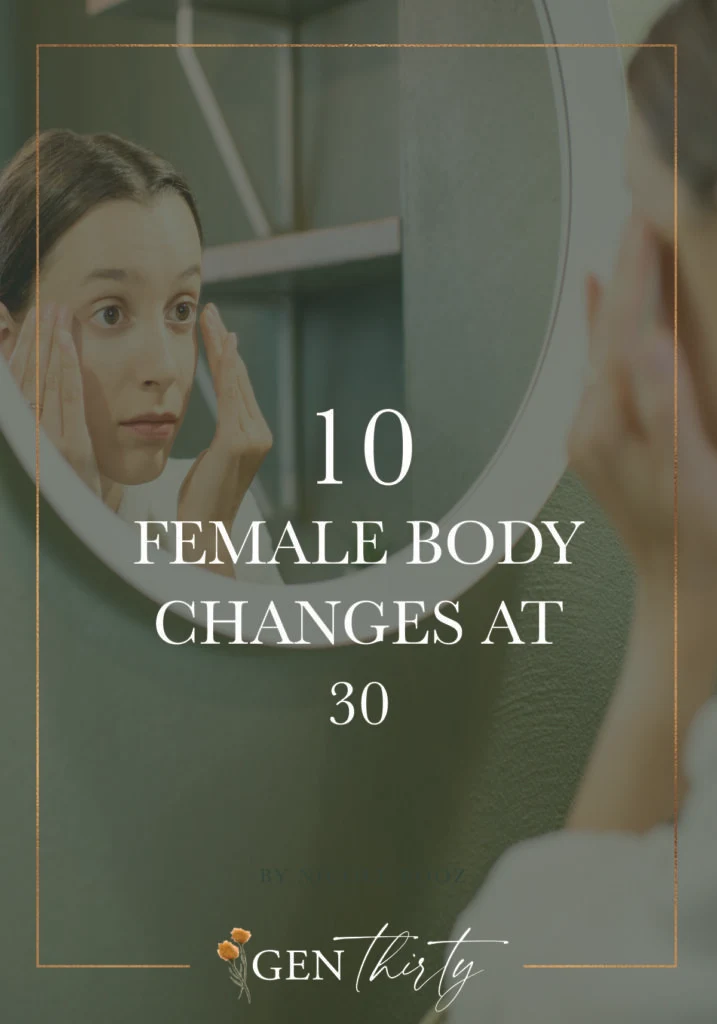
10. Changes In Pelvic And Sexual Health
There are also several changes in pelvic and sexual health you might experiences as you enter your 30s.
Some women experience incontenience, especially if they have given birth.
Additionally, pre-menopausal dry vaginal tissue may contribute to sex pain and promote urinary tract infections due to female body changes at 30.
Moisturizers and lubricants can aid with sexual pain and dryness. Some physicians may administer low-dose vaginal estrogen to restore hormone levels and beneficial bacteria levels in chronic UTIs caused by low estrogen levels.
Drinking extra water to remove dangerous bacteria from the urinary tract may be beneficial to overcome the effects of females’ body change at 30. Antibiotics will most likely be prescribed if the condition is chronic and recurring.
Menopausal changes cause several women to feel less youthful, lovely, and sexually desirable. You might also experience other changes like hot flashes and mood swings as you progress through middle age.
Strong ligaments and muscles that support your pelvic floor are essential for sexual, reproductive, and urinary health.
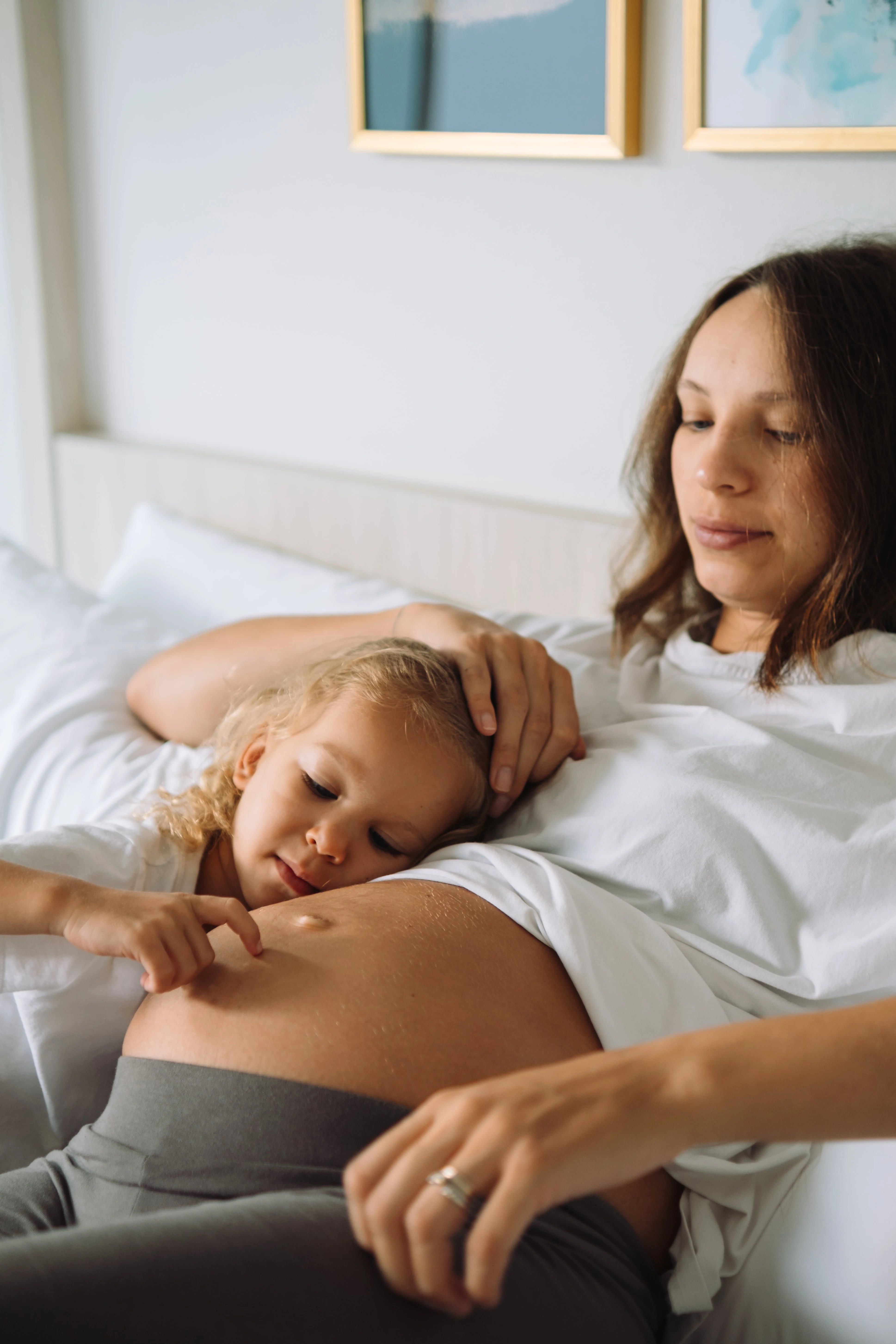
Preventative Care For Female Body Changes at 30
Utilize these strategies to stay active and healthy during this hectic and rewarding time in your life to manage female body changes at 30.
Get Routine Screenings And Take Charge Of Your Health
You should make sure to get frequent screenings and the health care resources you need to maintain your physical, sexual, and mental health.
If anything seems off with your body, talk to your doctor as soon as possible. And if your doctor dismisses your concerns, don’t be afraid to seek a second, third, or forth opinion.
Always make sure you go for your annual blood test to track changes in things like cholesterol and your fasting blood glucose, another other things. These data points, along with knowing your risk factors, can help you stay healthy with lifestyle changes.
Keeping Healthy Habits
You will need to begin a steady workout routine now because it will be easier to gain weight due to female body changes at 30, which can lead to future health concerns.
You should also consume well-balanced meals and avoid fad diets. Eating a healthy diet and maintaining a healthy lifestyle is the best way to slow down the gradual decline you experience as you age.
Some key health concerns to be conscious of in your 30s are loss of bone calcium, less flexible and regenerating skin, and maybe a shift in hormones that can cause some alterations to your menstrual cycle, including the chance of uterine fibroids.
Pregnancy after the age of 35 increases the chance of birth abnormalities, pregnancy complications, and miscarriage.
In Summary: Female Body Changes at 30:
Many women experience body changes beginning at age 30. A lot of these things are normal and can be mitigated with lifestyle changes. Though there are individual differences in what each woman will experience.
Be sure to talk to your doctor about any changes in your body that you are concerned or unsure about it. Cheers to good health!
Health and Skincare In Your 30s
- 9 Best Concealers For Mature Skin 2023
- 7 Non Toxic Hair Dye For Grey Hair Options
- How To Look Young at 30
- Best Blush For Aging Skin
- 30 Best Foundations for Women in Their 30s
- 20 Best Night Creams For Your 30s
- Botox at 30
- Signs of Aging at 30: What You Really Need To Know
- 15 Best Eye Cream For Your 30s
- Hot Flashes at 30: What You Need To Know
- Acne at 30 Years Old: Causes and Treatments of Adult Acne
- Wrinkles Under Eyes At 30 (Causes and Prevention)
- Getting Tonsils Removed at 30? Here’s What You Need To Know
- Female Body Changes at 30: 10 Things You Need To Know
- The Top 10 Best Olay Products For Your 30s (2023)
- Braces at 30: Everything You Need To Know
